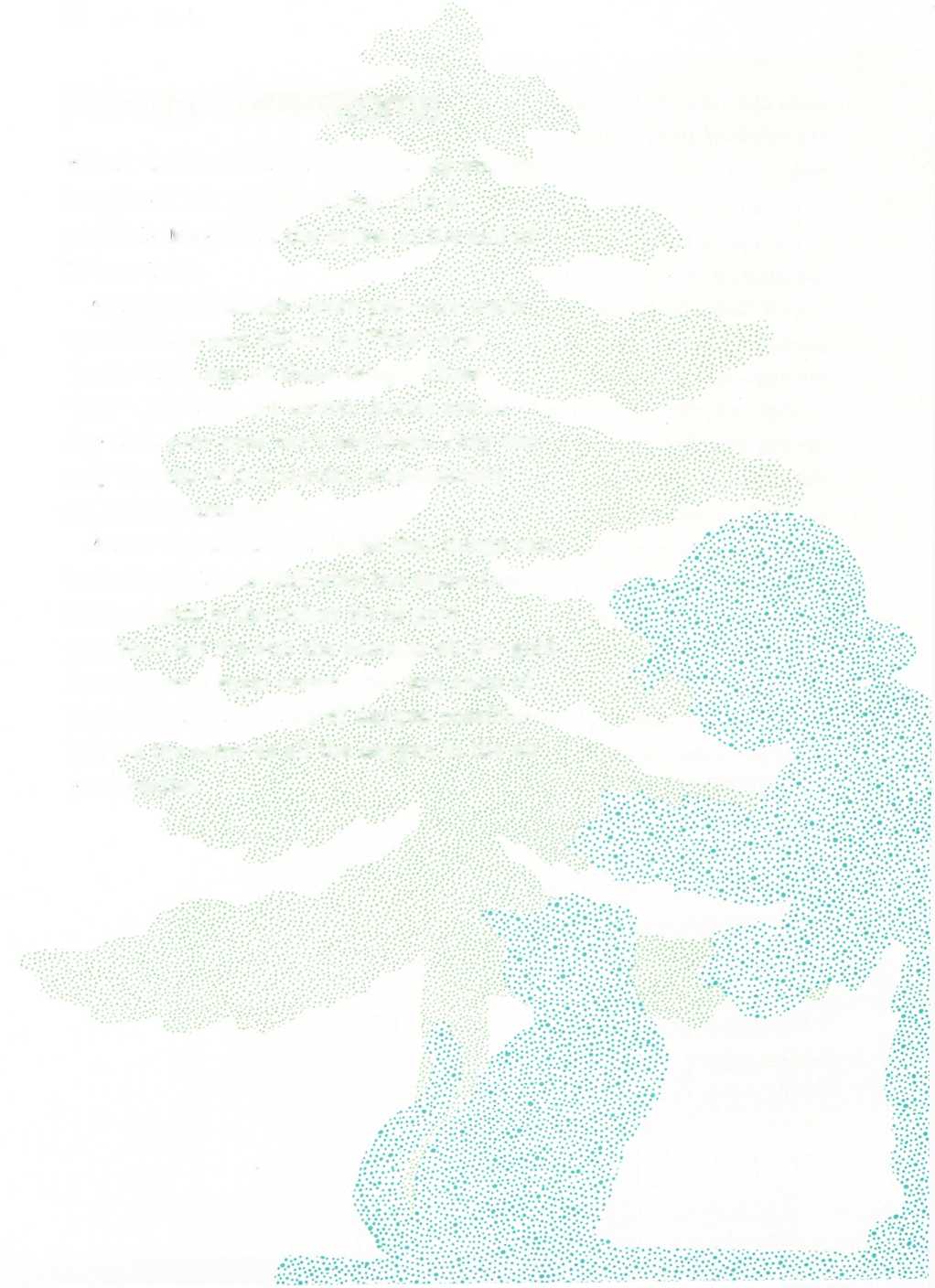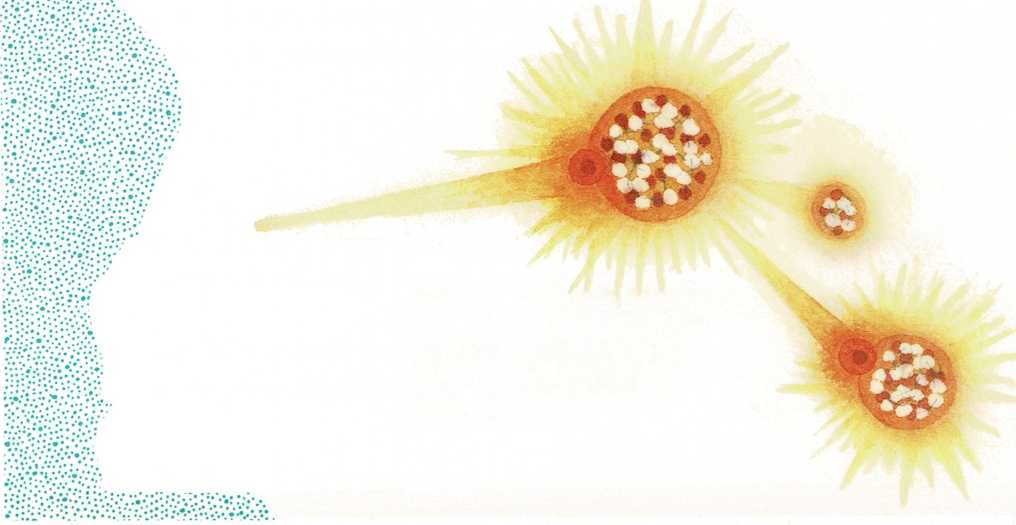
Energy from atoms
What’s the smallest bit of something you can imagine? Is it a cookie
crumb? Is it a pinpoint? Maybe it’s the period at the end of this
sentence.Actually, all things—even you—are made up of billions and billions
of \”bits” even smaller than any of these things. These \”bits” are
atoms [(at]{.smallcaps} uhmz). Atoms are so tiny that your eyes can’t
see them. They can only be seen with a special, tremendously powerful
microscope.Atoms are the tiniest pieces that things can be broken into and still
stay the same. One atom of gold is the tiniest bit of gold
possible—but it’s still the same as all the gold in a ring or a
royal crown. And one atom of oxygen is the tiniest bit of oxygen
possible— but it’s the same as all the oxygen in the air you
breathe.
Atoms can be split into even smaller pieces. But if atoms split, they
change into something else! When a very big atom, like a uranium (yu
[ray]{.smallcaps} nee uhm) atom, is split up, it isn’t the same kind of
atom any more. The biggest pieces of the atom turn into other smaller
kinds of atoms. Some very tiny pieces of the uranium atom fly off into
space. And something else is given off, too—energy!
The energy that comes from splitting atoms is usually called nuclear
[(noo]{.smallcaps} klee uhr) energy. It comes from the nucleus
[(noo]{.smallcaps} klee uhs), or middle, of the atom.
A special kind of machine can split atoms to make nuclear energy. The
atoms don’t burn when they are split. But they do give off a tremendous
amount of heat. So a machine that splits atoms can be used the same way
a fuel-burning engine is used. The machine makes heat. The heat makes a
push—and the push makes other machines run.

When an atom is split, it breaks into smaller kinds of atoms and gives
off energy. If a tiny piece of the atom hits another atom, that atom
may split and give off energy, too.

